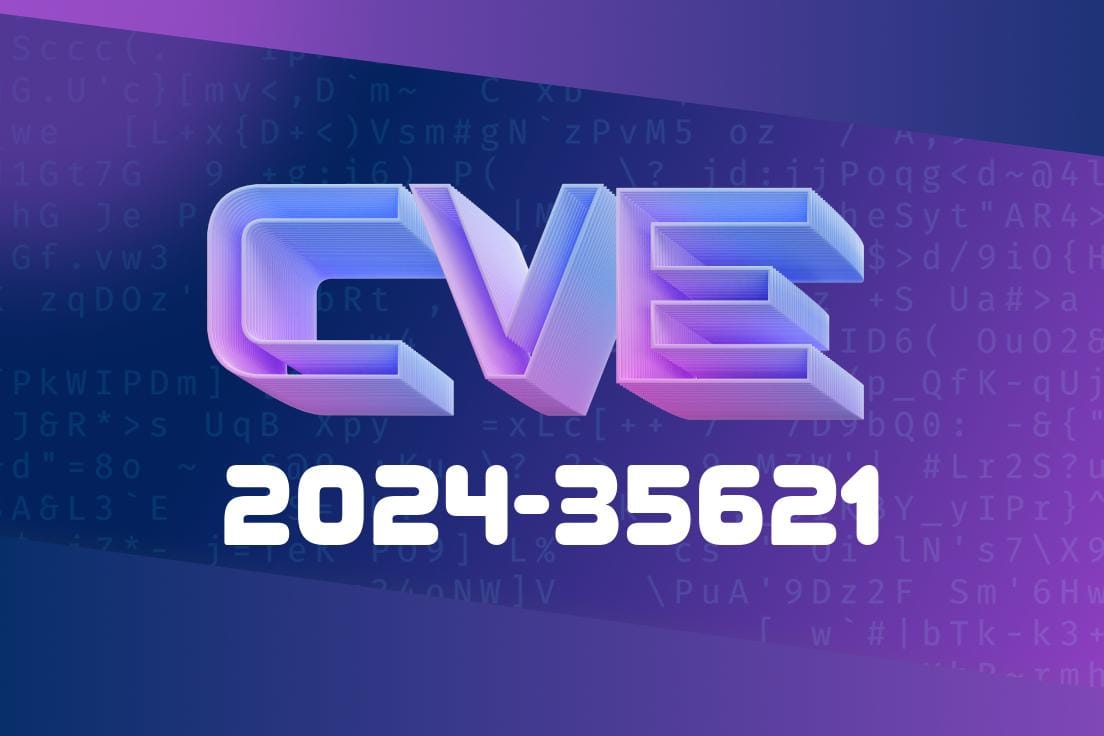CVE-2024-35621 is a critical vulnerability discovered in the Edit function of the popular content management system, Formwork, in versions prior to 1.13.. This vulnerability allows attackers to execute arbitrary web scripts or HTML code by injecting a crafted payload into the Content field. In this extensive analysis, we will discuss the vulnerability in detail, demonstrate how it can be exploited using sample code snippets, and provide references to official documentation and disclosures.
Vulnerability Details
Cross-site Scripting (XSS) is a well-known type of security vulnerability typically found in web applications where an attacker can inject scripts or HTML code into an application, leading to the execution of malicious code when a victim visits the compromised webpage. In the case of CVE-2024-35621, the vulnerability resides in the Edit function of Formwork, used for modifying the content of a form.
When a user adds or edits content through the Edit function, they are allowed to input arbitrary scripts or code without proper validation or sanitization, enabling an attacker to execute malicious scripts on the user's browser. The attacker can then manipulate the content on the page, steal sensitive information such as login credentials and cookies, or even redirect the user to another malicious website.
To further understand the details of this issue, let's take a look at the code snippet below
// form-edit.php
function processContent() {
var content = document.getElementById('content').value;
document.getElementById('preview-content').innerHTML = content;
}
The function processContent retrieves the user input from the Content field (element ID content), then sets the inner HTML of the preview-content element to the obtained content without any validation or sanitization. This allows an attacker to inject a malicious script as the content and execute it when the preview is displayed.
Exploit
To exploit this vulnerability, an attacker can create a crafted payload and inject it into the Content field of the Edit function. For instance, the attacker can use the following JavaScript code as a payload:
<script>alert('XSS Attack!');</script>
When the user previews or saves the content, the JavaScript code gets executed, and an alert with the message 'XSS Attack!' pops up, indicating the success of the XSS attack.
Mitigation
To fix this vulnerability, Formwork developers released version 1.13., which addresses the issue by implementing proper input validation and sanitization of the content in the Edit function. Users running a vulnerable Formwork version are encouraged to update to the latest release (1.13. or later) immediately.
For those who are unable to upgrade, a temporary solution is to implement custom input validation and sanitization functions to process the user input in the Content field securely.
Official References
1. Formwork's GitHub Repository – The official Formwork repository includes the source code, changelogs, and updates related to the project. You can find details about the vulnerability and its fix in version 1.13. in the changelog: https://github.com/formwork/formwork
2. National Vulnerability Database (NVD) Entry – The NVD provides a comprehensive description and analysis of the vulnerability, including its CVE identifier, CVSS scores, impact, and solutions: https://nvd.nist.gov/vuln/detail/CVE-2024-35621
3. OWASP XSS (Cross Site Scripting) Prevention Cheat Sheet – For additional information on XSS prevention, refer to the OWASP cheat sheet, a practical guide to help developers and web application security engineers build secure applications: https://cheatsheetseries.owasp.org/cheatsheets/Cross_Site_Scripting_Prevention_Cheat_Sheet.html
Conclusion
In this extensive analysis of CVE-2024-35621, we have discussed the details of the cross-site scripting vulnerability found in the Edit function of Formwork before version 1.13.. We explored a code snippet demonstrating the issue and explained how an attacker can exploit it using a simple JavaScript payload. Finally, we provided official references for further reading and mitigation strategies.
It is crucial for developers and web administrators to understand such vulnerabilities and implement secure coding practices to minimize the risk of exploitation and protect the users' sensitive information.
Timeline
Published on: 05/28/2024 16:15:16 UTC
Last modified on: 11/21/2024 09:20:31 UTC
